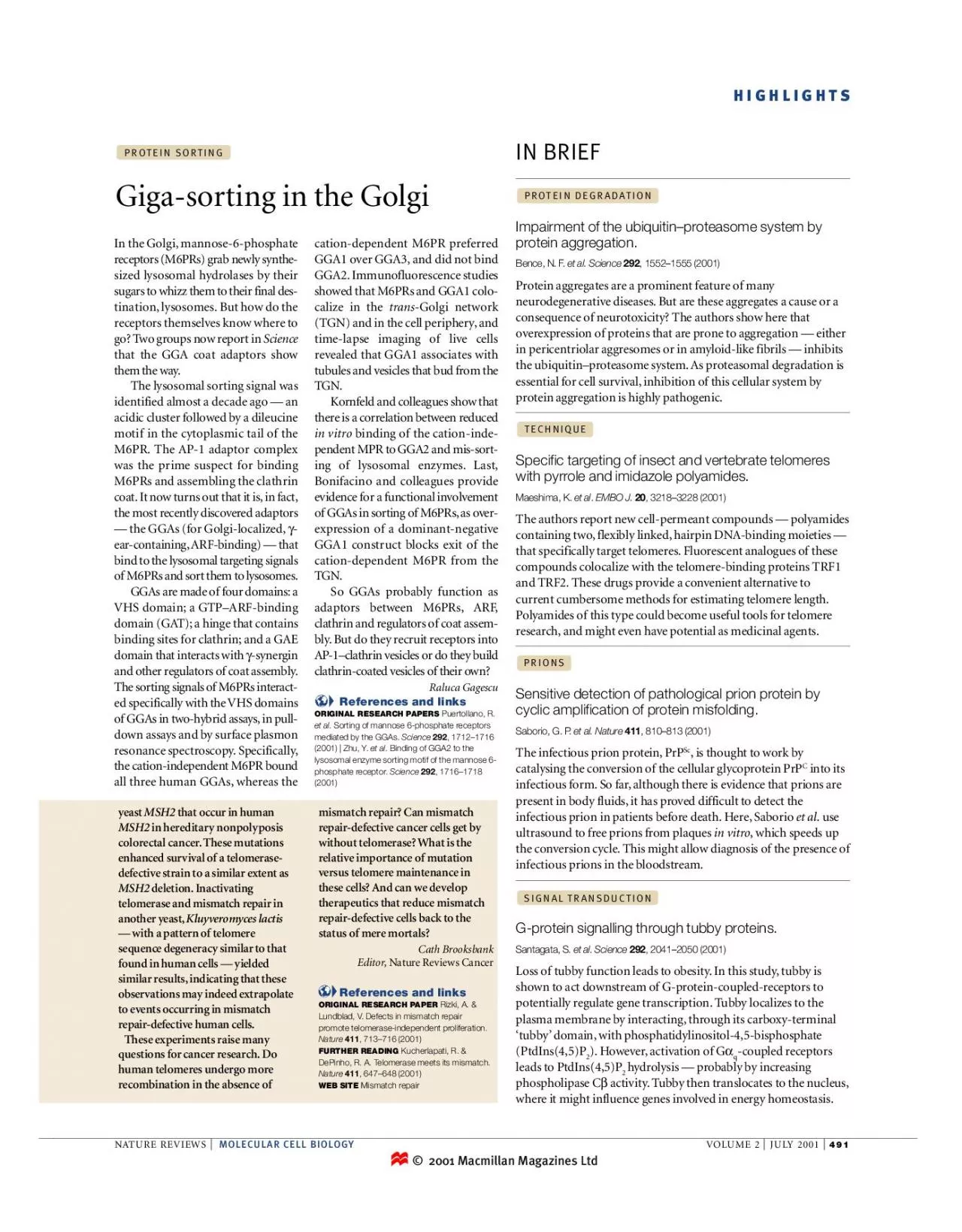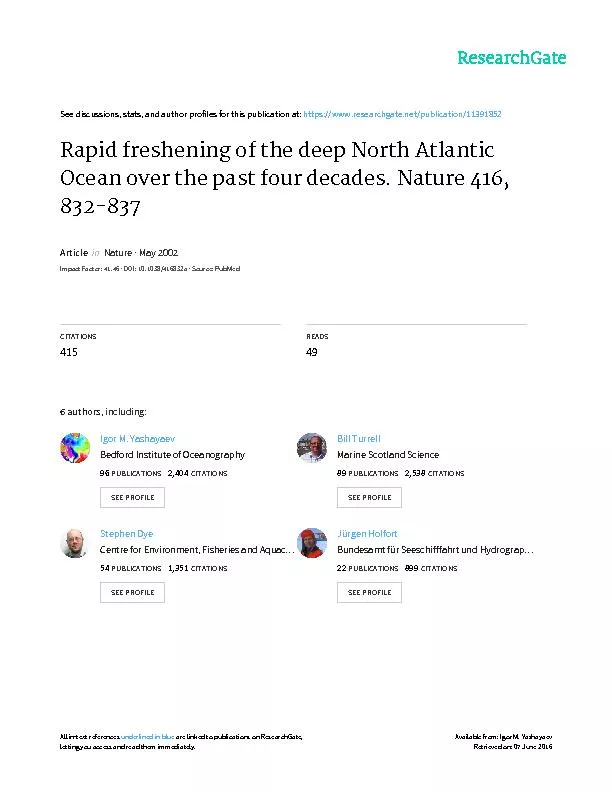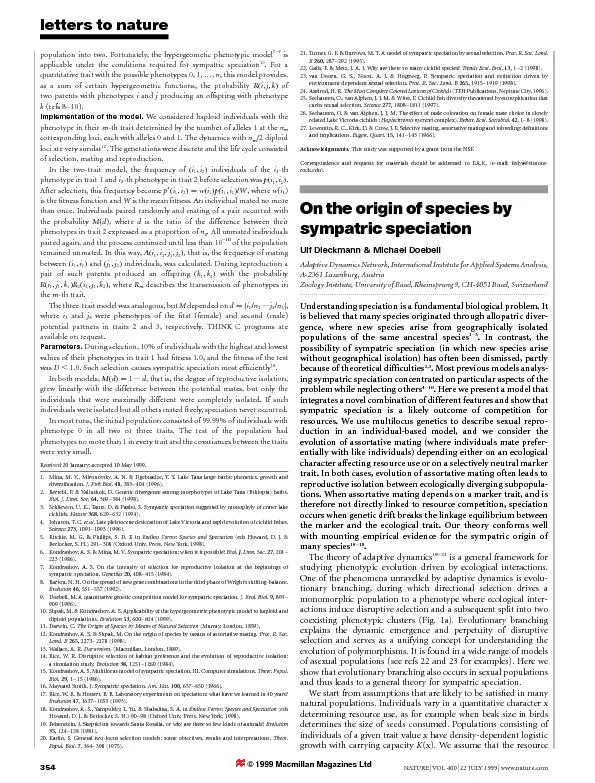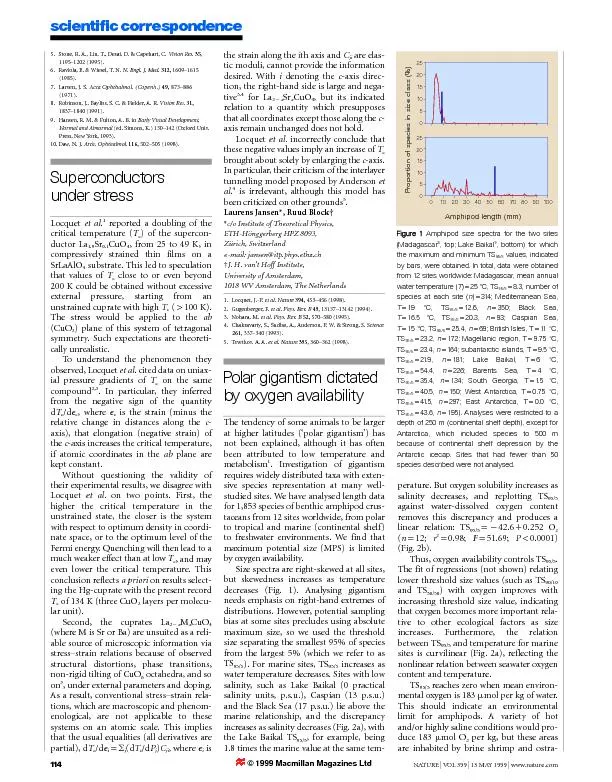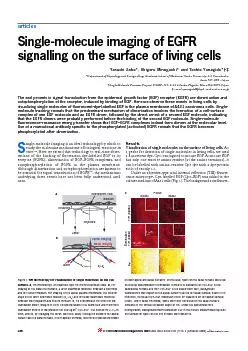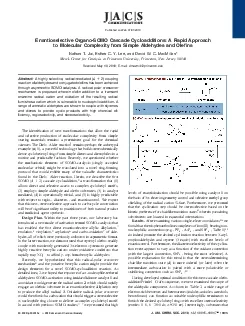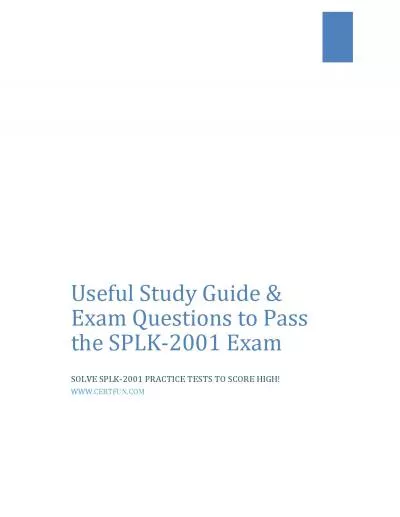PDF-2001 Macmillan Magazines Ltd
Author : roxanne | Published Date : 2021-01-11
HIGHLIGHTSNATURE REVIEWS MOLECULAR CELLBIOLOGYVOLUME 2 JULY 2001 In the Golgimannose6phosphatereceptors M6PRs grab newly synthesized lysosomal hydrolases by theirsugars
Presentation Embed Code
Download Presentation
Download Presentation The PPT/PDF document "2001 Macmillan Magazines Ltd" is the property of its rightful owner. Permission is granted to download and print the materials on this website for personal, non-commercial use only, and to display it on your personal computer provided you do not modify the materials and that you retain all copyright notices contained in the materials. By downloading content from our website, you accept the terms of this agreement.
2001 Macmillan Magazines Ltd: Transcript
Download Rules Of Document
"2001 Macmillan Magazines Ltd"The content belongs to its owner. You may download and print it for personal use, without modification, and keep all copyright notices. By downloading, you agree to these terms.
Related Documents

